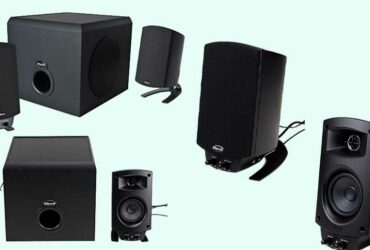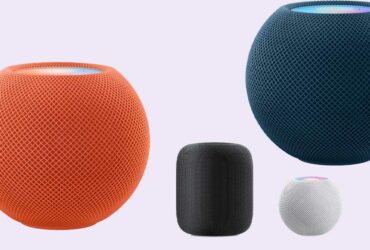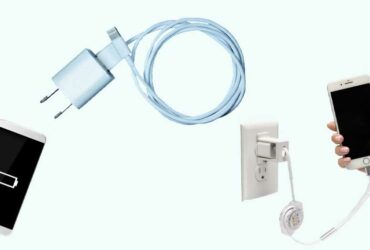Whose side are you on—the dryer or the paper? Here’s the gist of what to do after using the restroom, in any circumstance.
The hygiene-conscious among us knew public restrooms are filthy places even before the coronavirus pandemic came to pass. Airborne pollutants, soiled toilet seats, mould, and mildew.
The average adult uses the restroom 8–10 times each day. We may anticipate that each person will use the dryer for approximately 4-5 minutes each day with an average hand-drying time of 30 seconds (and more for people with an overactive bladder or similar disorders).
Do hand dryers, by blowing impurities around, contribute to the muck by hindering the hand washing process? If so, why do they still exist?
The procedure of washing and drying your hands is crucial. Wet hands can spread bacteria more widely because moisture makes it easier for them to travel from the skin to adjacent surfaces.
Using an air drier or paper towel to dry your hands after a wash significantly minimizes the amount of surface bacteria that is left over compared to simply shaking your hands.
Using sheer force to scatter the water droplets into the air, jet air dryers eliminate moisture from hands more quickly than warm air dryers.
It’s important to keep in mind that hand dryers don’t produce microorganisms and often have very little bacteria on their nozzles. In certain instances, air dryers can even be equipped with filters that aid in air cleaning and contaminant removal.
Yet, even while dryers don’t always promote cleanliness, the pushed air they produce might spread bacteria. This is why the primary goal should be to stop bacteria on surfaces from ever becoming aerosolized, or entering the air.
A tiny aerosolized mist of germs enters the air when a toilet lid is left open during flushing. Moreover, this faecal matter cloud has a maximum surface size of six square meters.
According to research, a toilet can continue to release toxins into the air even after being flushed numerous times. In other words, a person who has a virus may continue to transfer these germs for a number of hours after using the restroom.
So, public restrooms can serve as a breeding ground for particularly harmful bacteria, such as those that are resistant to antibiotics.
Thus, are paper towels the answer?
Paper towels absorb water to remove it, and when they are thrown away, they carry contaminants with them. If flushed down the toilet, they can, however, result in plumbing issues that cost time and money to repair.
Also, paper towels must constantly be bought, refilled, and disposed of as waste, all of which raises the cost of the product. In the worst event, towels might run out, forcing people to leave without even dabbing their hands.
Admittedly, the pressured air from a dryer at a hospital may transfer microorganisms to objects used by staff members and patients, including phones or stethoscopes. In this case, paper towels might be a better choice.
Yet, they still don’t offer a completely sterile environment and can be contaminated by local bacteria.
People stepping on contaminated paper towels left on the ground can spread the bacteria through their shoes to public spaces.
Although hand dryers do emit carbon dioxide into the atmosphere, studies have shown that older, slower jet dryers produce up to 70% more emissions than warm air dryers, which rely on evaporation (which force out a rush of cold air).
In terms of environmental performance, paper towels and warm air dryers are comparable.
Moreover, using recycled paper towels doesn’t appear to be very helpful. This is because the chemicals added to boost their absorptive capabilities and the energy necessary to create them prevent them from being recycled further.
Each year, almost six million tonnes of paper towels are disposed of in landfills in the US.
According to several studies, using paper towels to dry hands is more hygienic. Aggressive jet hand dryers, on the other hand, appear to have the most potential for spreading bacteria and other particles over greater distances.
In practice, there isn’t a definite winner. A recent critical study came to the conclusion that there wasn’t enough research to compare the two approaches, and that unless more thorough studies were carried out, evidence-based recommendations for public policy couldn’t be made.
This confirms the reluctance of the World Health Organization and the Center for Disease Control to make recommendations regarding whether using air dryers to dry hands is more or less effective than using paper towels.
Guidelines for a wholesome bathroom routine
The goal should be to prevent germs from ever becoming aerolized in the first place, even though hand dryers have the potential to spread pollutants around a room. The spread of toxins from hand dryers is less of an issue if they aren’t already present in the air.
In this regard, health education is crucial. simple suggestions consist of:
before flushing the toilet, closing the lid
wearing a mask as necessary or advised, particularly for people with respiratory problems or a cough
physically clearing your throat into a tissue, then discarding it in the trash
Regularly wash your hands with soap and water, and don’t forget to dry them because germs and diseases are more likely to spread on wet surfaces.
Measures like enhanced ventilation and air filtration can also be helpful in places where infection control and prevention are crucial, such hospitals or locations where food is produced.
The conclusion
Using paper towels has ongoing expenses, practical issues, and environmental concerns. Air dryers, meanwhile, can spread bacterium that has been vaporized.
When choosing whatever type of hand drying to offer, managers of public restrooms must take many factors into account. Hand dryers do offer a better alternative in some situations, which is why we still see them in public restrooms.
Whichever you decide, keep in mind that drying is a crucial step in the hand-washing procedure. By a wide margin, using paper towels or air dryers is preferable than doing nothing at all.















